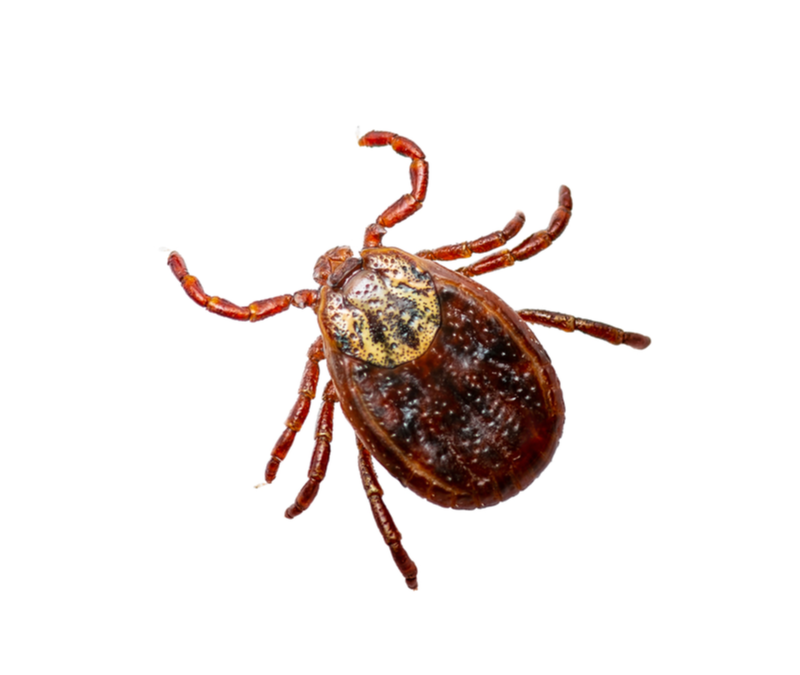No matter where you live in the U.S., ticks can be a problem. These voracious parasites not only inflict uncomfortable bites on humans and pets—they carry a long (and growing) list of trick-borne illnesses. The more you know about ticks, the better able you are to protect yourself, your family, and your pets this summer. Here are some essential tick control facts you need to know.
About Ticks
Ticks are arachnids are closely related to spiders. They’re ectoparasites, which means they live by feeding on the blood of mammals, birds, reptiles, and amphibians. While tick activity is higher in the summer, they are a risk all year round—even during the winter as long as temperatures are above freezing.
These little critters have a bad reputation for spreading sickness and fatal diseases. However, not all ticks are harmful to people or pets. In fact, there are only a few types of ticks that spread diseases:
- The black-legged tick (or deer tick) is infamous in the Northeast and parts of the Midwest because it spreads Lyme disease
- The Rocky Mountain wood tick can also be dangerous, along with the American dog tick and brown dog tick; these ticks can infect people with a potentially fatal disease called Rocky Mountain spotted fever
Ticks are native in every state, but the CDC has a map showing which types of ticks can be found in each part of the United States. Being familiar with the types of ticks in your area will help better protect your family and pets.
What They Do
Ticks can usually be found in tall grass that borders meadows, where deer are most likely to graze. Contrary to popular belief, they don’t fly or jump. Instead, they wait patiently for their target. Using a tiny sensory device on the ends of their front legs, ticks can detect the scents of people or animals. Once they catch wind of a victim, they then stretch out their front legs and latch on.
After making contact, ticks usually crawl around until they find a thin area of skin near a small blood vessel. On people, common areas for a bite include the ears, the backs of knees, under the arms, and in or around the hair. It’s important to note that we don’t notice the tick bite, in part because they’re so small, but also because they secrete special painkillers called “kininase” through their saliva.
Tick Control: How to Stay Safe
There are several ways you can protect yourself, your family, and your pets from ticks. First, when you’re in tick territory, tuck your pants into your boots or socks to limit skin exposure. You can also use an insecticide, or wear clothing that’s been treated with permethrin, an insect repellant. Professional tick control services can also reduce their populations in your yard to help keep you and your family safe.
After being outdoors, do a tick check every two to three hours, since they tend to move around on the body. Taking a hot shower can also help wash off any ticks that aren’t fully latched on. If you find a tick, don’t panic. It may not be a disease-carrying tick, and if it is, that doesn’t mean you’ll be infected. The best way to ensure you’re not at risk it to consult with your physician and determine the best next steps to keep you or your loved ones safe.
Barefoot Lawn’s tick control services can help reduce ticks throughout your Massachusetts property. Contact us today at 508-281-1441 to hear more.


Recent Comments